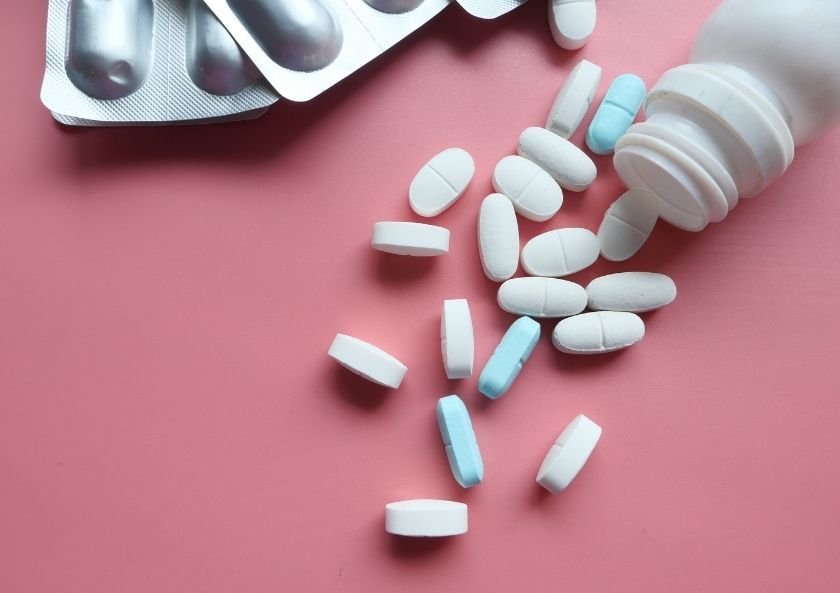An antibiotic allergy is a harmful reaction to an antibiotic. The reaction may begin immediately after taking the drug or days or weeks after stopping it. Doctors cannot know in advance whether you will have an allergic reaction or not. Your immune system may become sensitized the first time you take the antibiotic. You may have an allergic reaction next time. The antibiotics most likely to cause an allergic reaction are penicillins and cephalosporins.
What are the signs and symptoms of an allergic reaction to an antibiotic?
Mild symptoms include red, itchy, scaly or swollen skin. You may have a flat, red area covered with small bumps on your skin. Hives may also be seen.
Severe symptoms include blistering or peeling skin, vision problems, and severe swelling or itching. Severe reactions include conditions such as toxic epidermal necrolysis (TEN). Consult your healthcare provider for more information about TEN and other serious conditions.
Symptoms of anaphylaxis include throat tightness, difficulty breathing, tingling, dizziness and wheezing. Anaphylaxis is a sudden, life-threatening reaction that requires immediate treatment. Anaphylaxis can occur if you exercise after being exposed to a trigger, such as after taking an antibiotic.
What increases the risk of antibiotic allergy?
- Other allergies, such as cats
- History of antibiotic allergy in the family
- Frequent use of antibiotics
- A long-term illness that makes your immune system more susceptible
How is antibiotic allergy diagnosed?
Your doctor will ask questions about your medical history and allergies. You may need additional testing if you developed anaphylaxis after exercising after being exposed to a trigger. This is called exercise-induced anaphylaxis. You may also need any of the following:
- Blood tests: Doctors may order blood tests to get information about how your body is working. Blood can be drawn from your hand, arm, or vein.
- A skin prick test means placing a small drop of antibiotic on your forearm and prickling your skin with a needle. Your doctor will monitor for any reaction.
- The drug challenge test is also known as the antibiotic challenge test. Your healthcare provider will give you increasing doses of antibiotic medicine and monitor for a reaction.
How to treat an allergic reaction to an antibiotic?
- Antihistamines reduce mild symptoms such as itching or redness.
- Epinephrine is a drug used to treat severe allergic reactions such as anaphylaxis.
- Steroids reduce inflammation.
- Desensitization can be done after seeing a reaction if you need to be treated with antibiotics again. Your doctor will give you small doses of antibiotics over a few hours. It will treat any allergic reaction you have. The dose is slightly increased each time until the full dose is reached and the drug causes an allergic reaction. You will need to take a dose of antibiotics every day to desensitize your body.
What steps do I need to take for signs or symptoms of anaphylaxis?
- Immediately give 1 dose of epinephrine (via an adrenaline auto-injector) to the outer thigh muscle only.
- Keep the epinephrine in place as directed. Your doctor may recommend holding it in place for up to 10 seconds before removing it. This helps make sure all the epinephrine is delivered.
- Call 911 and go to the emergency room, even if epinephrine improves symptoms. Do not drive yourself. Bring the used epinephrine vaccine with you.



